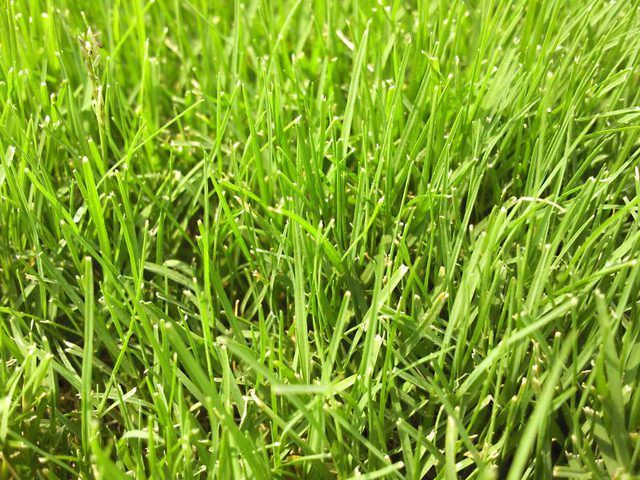Bulbs
Flower Basics
Flower Beds & Specialty Gardens
Flower Garden
Garden Furniture
Garden Gnomes
Garden Seeds
Garden Sheds
Garden Statues
Garden Tools & Supplies
Gardening Basics
Green & Organic
Groundcovers & Vines
Growing Annuals
Growing Basil
Growing Beans
Growing Berries
Growing Blueberries
Growing Cactus
Growing Corn
Growing Cotton
Growing Edibles
Growing Flowers
Growing Garlic
Growing Grapes
Growing Grass
Growing Herbs
Growing Jasmine
Growing Mint
Growing Mushrooms
Orchids
Growing Peanuts
Growing Perennials
Growing Plants
Growing Rosemary
Growing Roses
Growing Strawberries
Growing Sunflowers
Growing Thyme
Growing Tomatoes
Growing Tulips
Growing Vegetables
Herb Basics
Herb Garden
Indoor Growing
Landscaping Basics
Landscaping Patios
Landscaping Plants
Landscaping Shrubs
Landscaping Trees
Landscaping Walks & Pathways
Lawn Basics
Lawn Maintenance
Lawn Mowers
Lawn Ornaments
Lawn Planting
Lawn Tools
Outdoor Growing
Overall Landscape Planning
Pests, Weeds & Problems
Plant Basics
Rock Garden
Rose Garden
Shrubs
Soil
Specialty Gardens
Trees
Vegetable Garden
Yard Maintenance
Types of Deep-Root Grass
Types of Deep-Root Grass. From turf grasses in lawns to perennial-garden ornamentals, grasses (Poaceae family) depend on deep, healthy roots for water, nourishment and stamina. The deeper your grasses' roots, the easier they withstand drought and other environmental stress. Deep-root grass types increase your soil's ability to hold water and...

From turf grasses in lawns to perennial-garden ornamentals, grasses (Poaceae family) depend on deep, healthy roots for water, nourishment and stamina. The deeper your grasses' roots, the easier they withstand drought and other environmental stress. Deep-root grass types increase your soil's ability to hold water and nutrients and decrease the need for irrigation. By choosing deep-rooting grass types and delivering depth-enhancing care, lawn and ornamental grasses stay healthy and beautiful.
Rooting Potentials
Match deep-root grasses to your climate to enjoy their full potential. Cool-season types that withstand cold winters and prefer milder summers suit the northern tier of states. Cool spring and fall seasons bring their greatest growth. Warm-season types withstand summer heat seen throughout the southern states. Their peak root activity happens during summer months. Root depth often correlates with blade height on deep-root grass types. The taller your grass, the deeper its roots grow. Some grasses root deeper in natural situations than they will in lawns. Deep, infrequent watering promotes deep root growth. Frequent, shallow watering encourages shallow roots. Compacted soil, excessive nitrogen fertilizers and short mowing heights limit the ability of your deep-root grasses to grow deep.
Cool-Season Turf grasses
The deepest rooting potential for cool-season turf grasses belongs to two pasture grasses that made the switch to lawns. Tall fescue (Festuca arundinacea), among the most drought tolerant of common cool-season turf grasses, has roots that can reach 60 inches in length. Hardy from U.S. Department of Agriculture plant hardiness zones 4 through 7, tall fescue generally grows 24- to 30-inch roots in mowed lawns. The roots of fairway crested wheatgrass (Agropyron cristatum pectinatum), hardy in USDA zones 2 through 5, also grow 24 to 30 inches deep when grown for turf. In comparison, Kentucky bluegrass (Poa pratensis) roots usually stay within the top 4 inches of soil in its USDA hardiness zones 2 through 6.
Warm-Season Turf Grasses
The deepest roots for a common turf grass in lawn situations belong to Bermuda grass (Cynodon dactylon), which reaches depths of 8 feet in mowed conditions. Hardy in USDA zones 7 through 10, this warm-season grass can suffer winter damage at the northern limits of its zones. Native buffalo grass (Buchloe dactyloides), hardy in USDA 5 through 8, has root potential of 7 to 8 feet deep, but grows to lesser depths when cut in lawns. Zoysiagrass (Zoysia spp.), hardy in USDA zones 5b through 10, has the capacity to send roots as deep as 60 inches, but they often stay less than 18 inches deep in mowed lawns.
Ornamental Garden Grasses
Many ornamental grasses got their start in America's tall-grass prairies. Handpicked selections grace gardens near and far. The extensive root systems of prairie species and their cultivars often surpass what is seen above ground. For deep roots, chief among the ornamental grasses is native switch grass (Panicum virgatum), which sends its roots to depths over 10 feet. Roots of big bluestem (Andropogon gerardii), stalwart of the tall-grass prairie, reach 9 to 10 feet deep. Indian grass (Sorghastrum nutans) and its shimmering bronze seed heads stand above roots that run 9 feet deep. All these deep-rooted ornamental grasses are hardy in USDA zones 4 through 9.